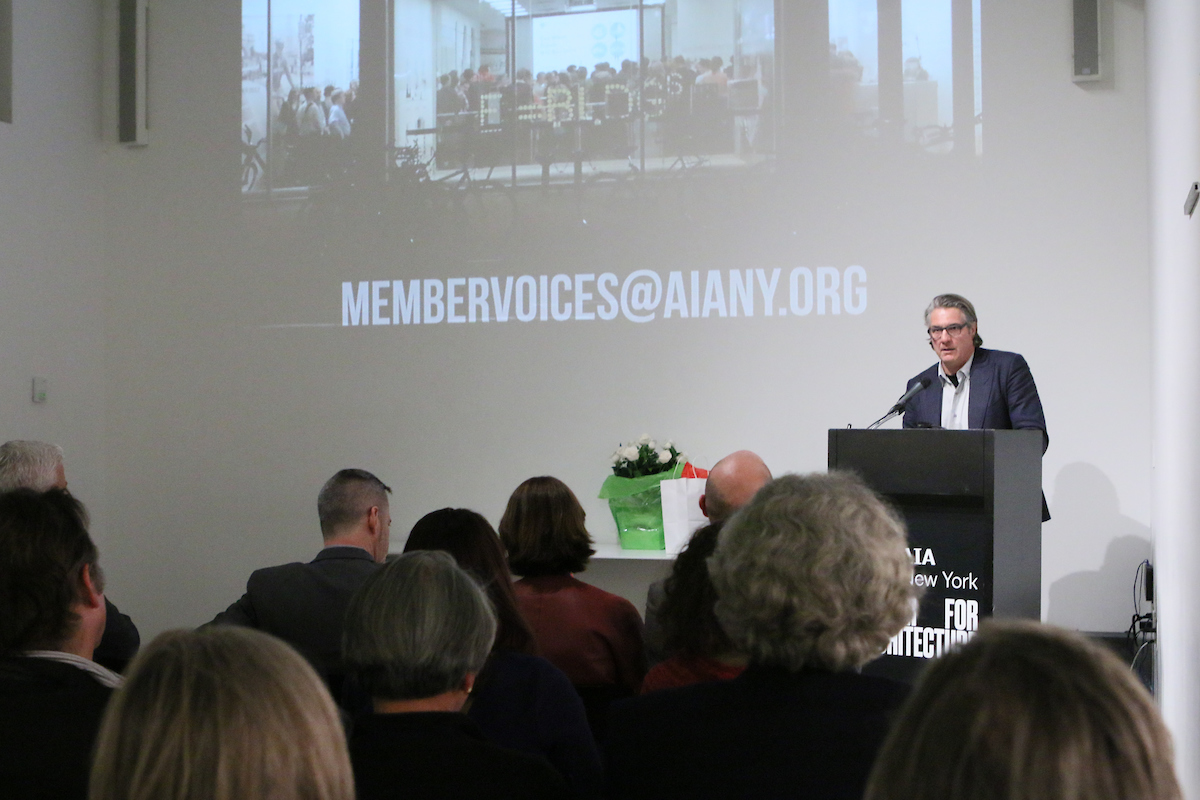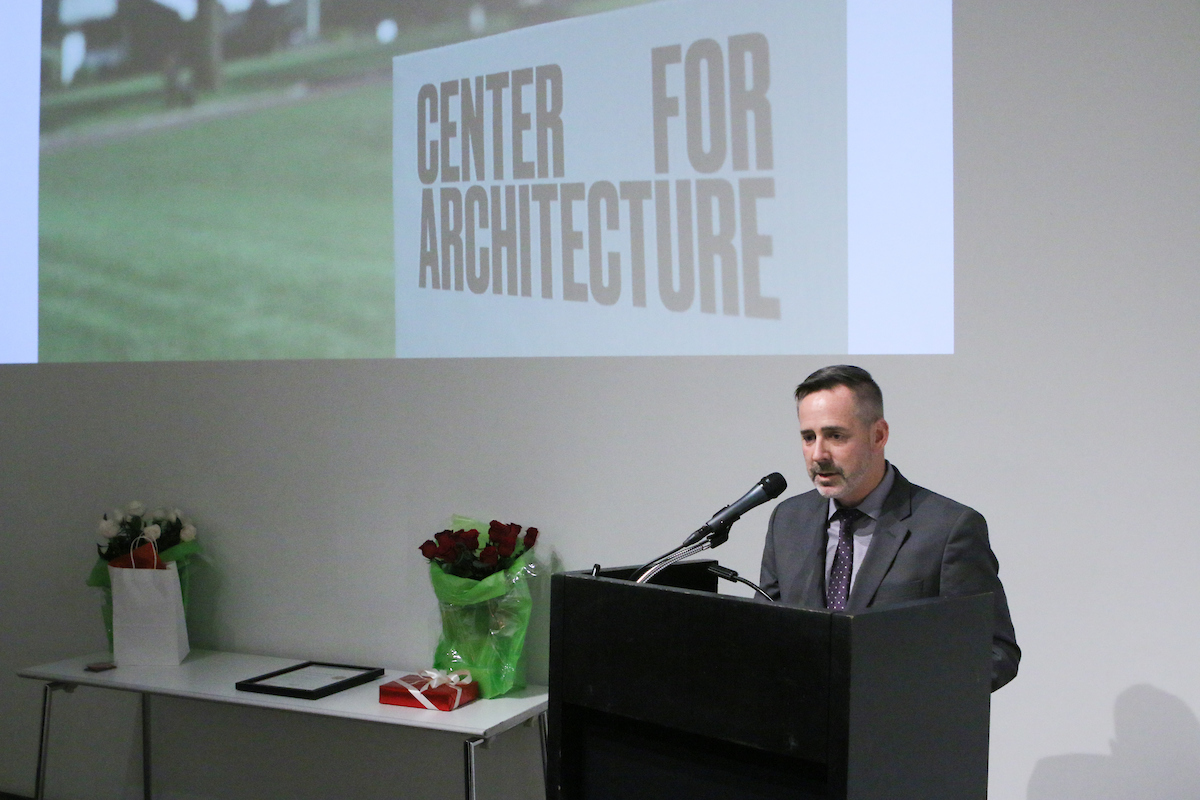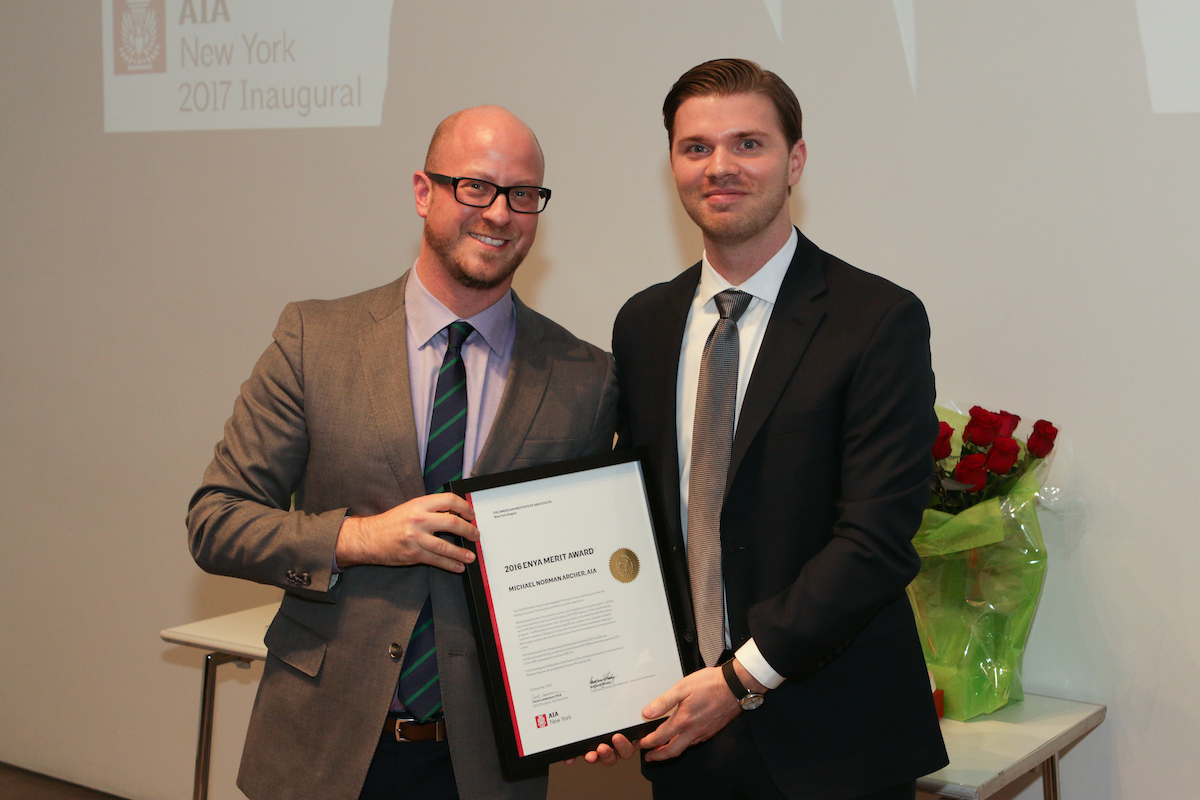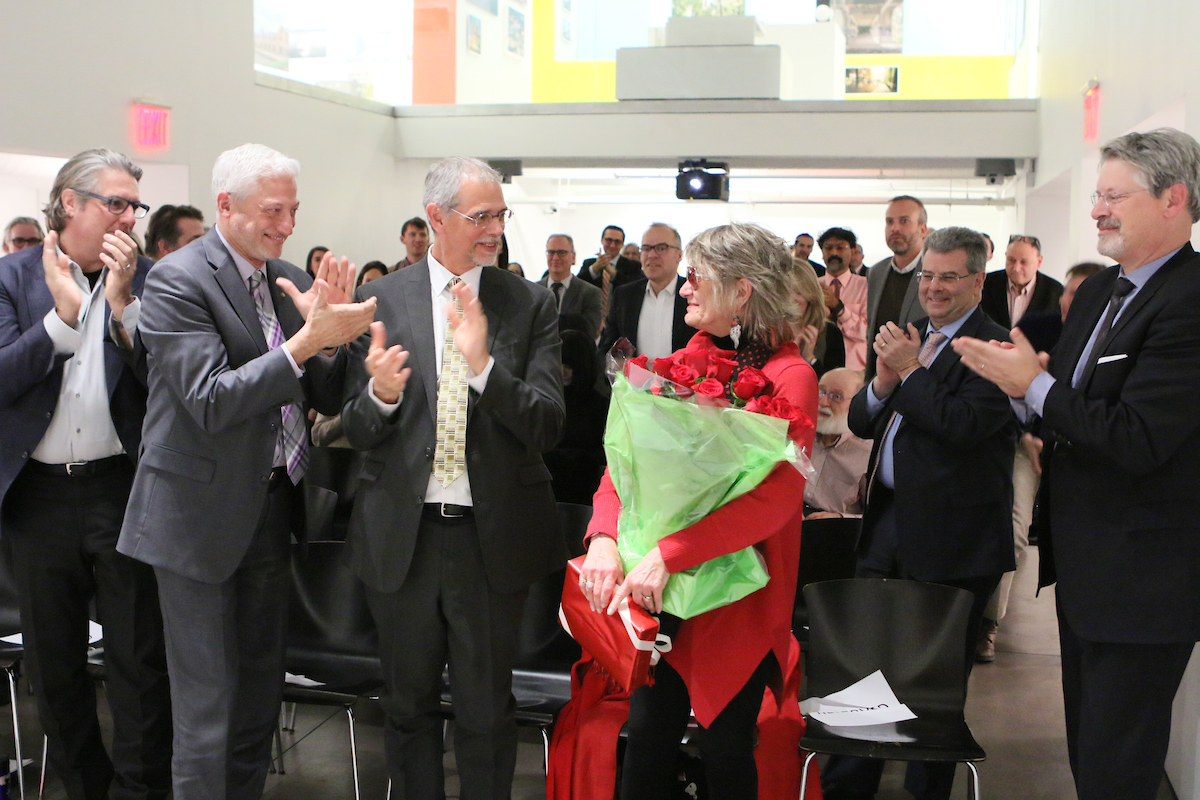by: David Piscuskas
On 12.13.16, incoming AIANY President David Piscuskas, FAIA, welcomed the Chapter’s 2017 Board of Directors and presented his theme for 2017, “Architects: Assembly Required.” Here is a transcript of his remarks.
As we get to know each other, I thought I would open with a personal story. Some two-dozen years ago, I moved to a small townhouse in the West Village. Amongst its many charms was the prospect of offering my two boys, then aged six and two, a generously sized bedroom if they slept in bunk beds.
Ikea had opened its first New York-area store, in New Jersey, so there I went one Saturday morning, sure they’d be sleeping comfortably on their new beds by evening. Except the visit didn’t go as planned. The place was packed, certain models were sold out, and I had quibbles with others—details mostly. I decided to build the beds myself.
So began a project that would consume my every spare moment. The beds would have wide mattresses, and shelving for books that would double as a ladder. There would be no glossy finishes, no visible fasteners. After cutting the wood, the pieces slotted together quickly. But I had expected more lateral stability than the methodology of concealed-fasteners, no glue, and mortise-joints delivered, so I had to improvise some bracing to properly stabilize them. Somehow the boys didn’t complain. They even enjoyed them. And, happily, the bunkbeds formed a lasting framework for so much of their early lives.
We know that much of the general public – and sometimes even our kids – have perceptions about architects: who we are, what brings us inspiration, what we do and how we do it, what to expect from the experience of working with us. There are, indeed, plenty of jokes about architects. We know them, the cartoons pinned up in construction site offices, the grumblings of the disaffected.
And for all the change that has swept through the practice of architecture, the fullness of our diverse society is not being integrated effectively, or durably, enough. The steps we are taking as a profession and as an organization are insufficient to effect change.
Plainly, we need to do more to share ourselves, and to connect our humanity – our passions, our inclusive thinking, our reciprocal respect – to young people who might choose to make design and architecture a part of their lives.
To foster diversity, we need initiatives that work, and a longer lens, so that people ten and twenty years on will know who architects are and the contributions they make in the community.
Then, the public could come to know we are not one profession with a single voice. We are too diverse of outlook and orientation to be spoken for as a single constituency on any issue—unless, perhaps, that issue happens to be advancing human welfare.
The thesis of our next year will be Architects: Assembly Required. Explicit in this heading is an action we all know well – the thoughtful bringing together of material, for a bunk bed or a building, with commitment to the best possible effect on people’s lives. The essential dimension of design excellence – a connected human experience – will be addressed this year in substantive ways.
But “assembly” is doubly significant. It carries with it defining action, that which brings us all together here tonight– as professionals assembling to exercise, and strengthen, our collective voice.
With Architects: Assembly Required we will engender a conversation about the changes before us, and the actions we should wish to take to, one, effect growth in our professional community, two, better connect our profession with the public, and, three, promote a culture of engagement and activism.
In this, we should take courage, expand our skills, and make new commitments. These would include commitments of engagement, of communication, of action toward genuine agency.
Let’s take a moment, or more as needed, to unpack ourselves, step out of our boxes, examine our contents. If we were to put ourselves together, individually or collectively, would we do so according to what instructions, what guidance, what initiative?
In assembly there is participation, and in participation, reinvention. We are adept at turning things around, at discovering unseen possibilities, at connecting building with mission.
Assembly is action, too, so I ask that we connect new actions with our thoughts and ideas. Become personally involved at the Center for Architecture, with our young members, in our communities, with young people. Join a committee, help set the agenda, lead, and learn from your colleagues.
For the committee chairs at the AIA, I have asked that you grow your membership – set a goal, work to achieve it. I also ask that you make arrangements to hold at least one meeting in 2017 in a local university of your choosing, and invite students to your meeting. Help effect thought leadership.
For years our education team at the Center for Architecture has been engaging initiatives with the Urban Assembly School of Design and Construction. This is an under-known opportunity for our members to connect with high school students.
Also, many of you participate, as firms and individuals, in the ACE Mentor program giving your time alongside engineers and colleagues in the construction industry to help prepare high school students for careers in design and construction. Thank you for your service. Let’s continue to grow this involvement.
There are other ways to be involved and make a positive difference in the lives of young people. Let me tell introduce you to Leston Eustache. Leston and I were paired when I volunteered seven years ago to participate in iMentor, a one-to-one mentoring program that was started some twenty years ago by a long-time client of 1100 Architect. I was among thirty men and women from many lines of work that applied to individually mentor a class of 9th graders from Acorn Community High School in Bedford-Stuyvesant, Brooklyn. Coming to know Leston, his friends, his family, I helped guide him through his applications to college, and his choice to go to Dallas, where he is now a junior at the University of Texas. While going to school, Leston works in real estate. Being a part of Leston’s growth from a teen to a young man has taught me many extraordinary things.
I offer this story as testimony to the benefit of involving yourself in a young person’s life. It can make a vital difference. While Leston has learned from me, I have learned so much from him.
Assembly is about personal connections. Assembly is about value too. The experience of putting anything together – our children’s bunk beds, a waste composter – engages us with detailed interconnection and human experience. We know people value things and places more when they have been directly involved in their conception, their making, their completion. But we also know that without clear communication and guidance about the process to completion, frustration can ensue.
Most of us practice the essentials of engagement, so we anticipate programming in the year ahead that is attentive to broadening the skills of our communication toolkit.
We say, and we believe, that architecture matters, that design matters. It does. But saying so is not enough. If design springs from a community that is, by turns, closed, or excessively ego-driven, or unaccountable, the marginalization expressed by many in our profession about a lack of influence in our culture will soon devolve to practical irrelevance.
Let’s have the confidence to assert our expertise and lead communities to enhance the viability and durability of the ideas they generate. If we take active steps to humanize our knowledge – that is, communicate our knowledge in clear, easily absorbed language – we will better connect it with the people and communities we serve.
In doing so, we must belie the notion, the false perception, of a single profession moving in a single direction. We are better assembled for the future as an assembly of multiple voices and points of view, with diverse skills to meet the full breadth of community and societal challenges before us.
In the year ahead we will advance our political agency, and expand and enhance our engagement with local elected officials. We can underscore the relevant facts and progress in the areas of climate change, social diversity, urban development, safe and reliable transportation, and environmental resiliency that underpin our principles and values, and deliver them to our elected national representatives in advisory comment on the incoming United States Presidential cabinet nominees.
It is an honor to work with the teams of Chapter and Center for Architecture professional staff that help make the Center the Center, and with my colleagues on the Boards who volunteer their time to make the Center the Center. We all stand on the shoulders of everyone who has served the Chapter before us.
Before closing I’d like to take a moment, thank a few people for their support. Thank you Ben Prosky, Jesse Lazar, Suzanne Mecs and the full team here at the New York Chapter. Thank you for your commitment and your tireless attention.
To my partner Juergen Riehm, principals Ed Parker, Susanne Milne and Gunter Weyrich, and all members of our team at 1100 Architect, both in New York and Frankfurt, thank you for adjusting your work schedules to accommodate the demands on mine.
And of course, my amazing wife and partner Betty Gonzalez. Thank you for your understanding and generous willingness to allow me the time to serve AIANY and the Center for Architecture.
What makes personal and professional sacrifices worthwhile? In a word: you. As our community has made clear this past month, our members will not be subsumed as political currency toward a single agenda, especially when this agenda excludes the principles and values which we have espoused for decades.
We have recently asked that members comment but we’d like to hear more from you directly. So let us begin 2017, the new year, with a live open meeting, on AIA issues, hosted here at the Center for Architecture. We invite you to share your views in assembly with your fellow members at the Center on Thursday evening January 5 at 6pm.
It’s up to us, our membership in this organization. And on the matter of it being up to us, I am filled with optimism, and trust. We will advance this effort, come together to expand our community and broaden the impact of what we do, together. Because it is our people, all of you and many more, exchanging views and working together, that makes this place, and the places we make, extraordinary.












